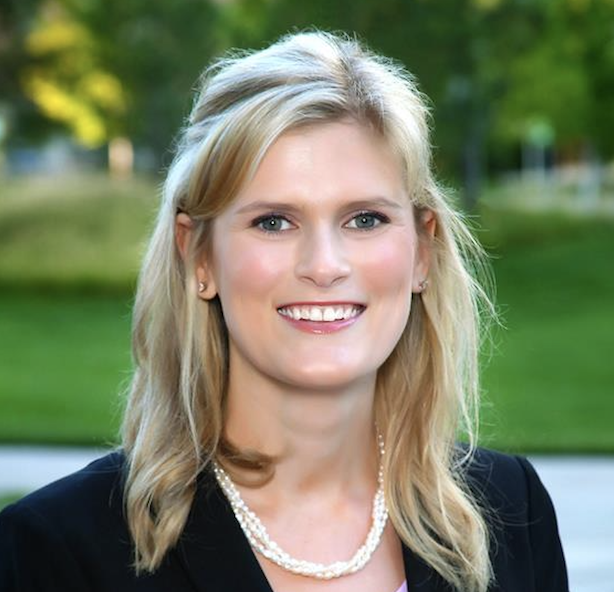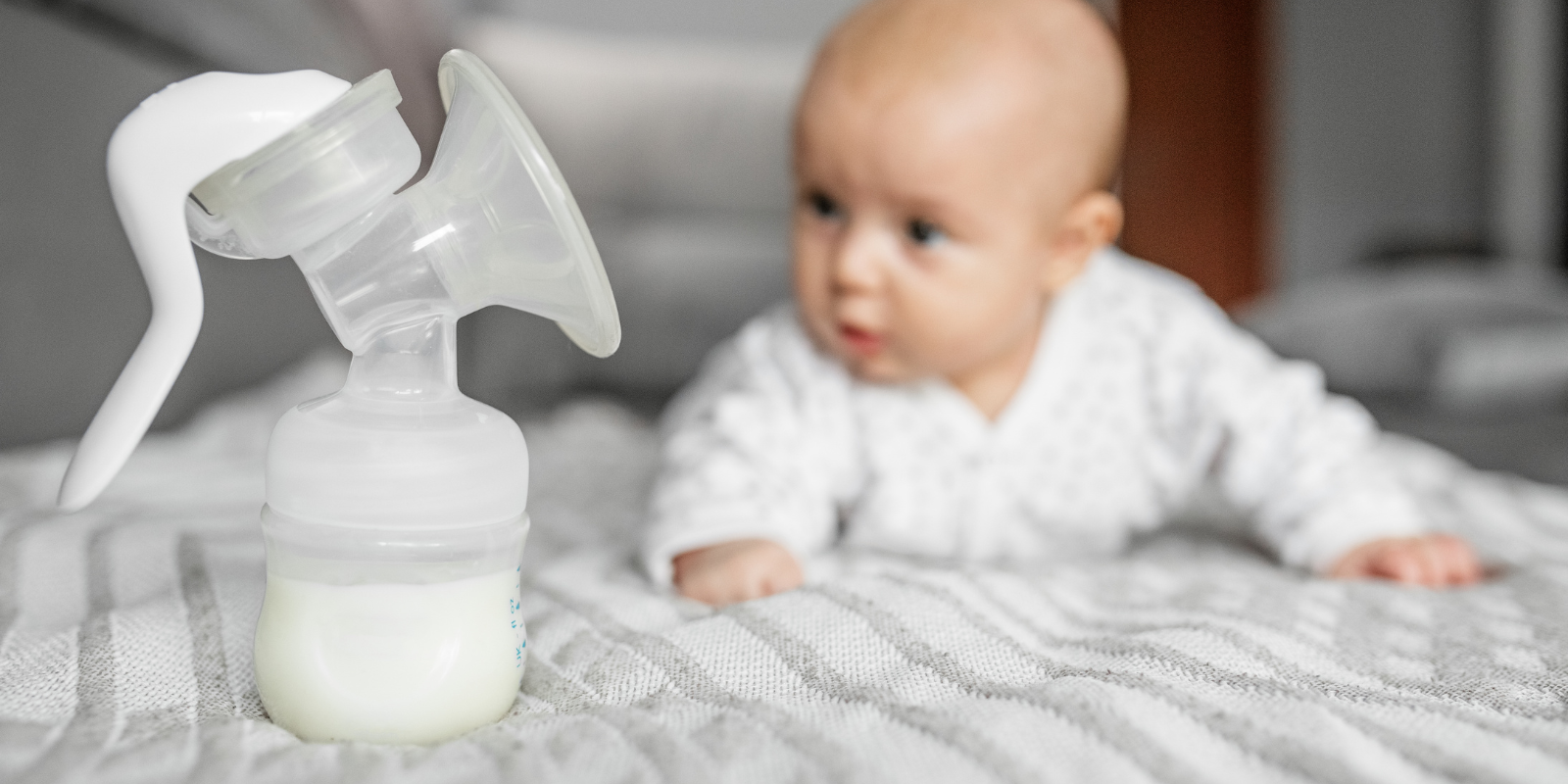In health care, both being and feeling seen can make a world of difference. That’s especially true for women, who face higher risks of eye disease and make up two-thirds of people experiencing blindness across the world.
“Women can present with many chronic diseases differently than men,” says Cara Capitena Young, MD, assistant professor of ophthalmology at the University of Colorado School of Medicine and medical director for the Sue Anschutz-Rodgers Eye Center operating rooms. “The classic example is with heart attacks: The feeling of an elephant sitting on your chest and radiating down your arm isn’t usually what women experience. The same is true in all facets of medicine, including in ophthalmology. There’s more awareness nowadays, but we still have a long way to go.”
National organizations such as Prevent Blindness declare April as Women’s Eye Health and Safety Month in an effort to raise awareness about the increased risks women face and ways they can prevent vision loss. Ophthalmologists point to early detection, dedication to care, and representation in the field as important elements in addressing elevated concerns.
Seeking specialized care
Many different factors, ranging from the body’s hormones to access to care, translate to an elevated risk in eye disease for women. The World Health Organization’s World Report on Vision points out that some of that can be attributed to women, on average, living longer than men, but even after controlling for age, women with moderate and severe distance vision impairment still outnumber men by about 7%.
The number of impacted women compared to men is even more staggering in other eye diseases.
“Women diagnosed with thyroid related orbital disease can outnumber men as much as 5 to 1,” says Sophie Liao, MD, associate professor of ophthalmology in the CU School of Medicine. “It’s a potentially devastating issue that causes functional problems throughout the day and typically strikes in early-middle age, so women are typically still working and raising young children, which makes those responsibilities really difficult.”
It’s not abundantly clear why the sex hormones make women more susceptible to autoimmune diseases that can lead to vision problems, Liao explains, but seeing a doctor when something seems out of the ordinary is crucial, especially as women live busier lives than ever.
“The increasing level of responsibility that women take on — in their careers and as caretakers — sometimes pushes health care to the side,” says Liao, who is also associate chief medical officer of ambulatory services for UCHealth University of Colorado Hospital. “That makes it even more important for women to make time and seek out care. Pay attention to when something doesn’t feel right. If it's worrisome at all, or if it ticks stress nerves in your brain, just make the phone call and make an appointment to see to see somebody because ultimately, it's better for you, your family, and everyone else you're taking care of.”
Lifestyle and eye health
Women indulging in cosmetics and beauty trends also pose some eye health concerns if not done carefully.
Using cosmetics can lead to more eye irritation, dry eye disease, and even more serious problems. It’s important to be mindful of the products used around the eye.
“If possible, avoid putting eyeliner on your waterline because that is where the oil glands are and that can cause inflammation,” Capitena Young explains. “I am not a big proponent of eyelash tinting or eyelash extensions either. I have seen too many patients have allergic reactions to the dyes or the glues.”
Capitena Young also urges women to remove all of their makeup each night before bed in an effort to reduce irritation and other problems. “Get it all off,” she says. “It’ll be better for your eye health long term.”
Women helping women
Visibility of women ophthalmologists is also an important factor in the field, as more women require eye health care.
“Having a physician who is like-minded can really help,” Capitena Young says. “I think that's true for female patients, for male patients, and for patients of every background. Having that representation in all facets of medicine is really important.”
Women make up nearly half of the faculty team in the CU Department of Ophthalmology and one in three women faculty members hold leadership position within the department, on the CU Anschutz campus, or within a vision organization.
"Representation matters,” Liao says. “Some patients feel most comfortable seeing a female, male, or gender-neutral provider depending on their medical concerns. I am glad to be part of a faculty group that is actively striving to meet those needs in order to take the best possible care of our community."

.png)



